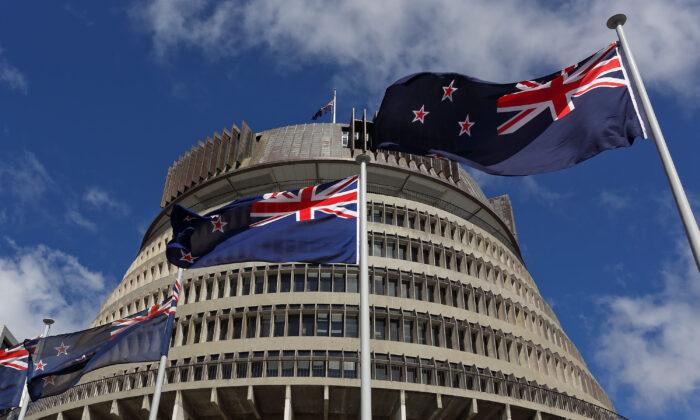It has cost the New Zealand government $6 million in redundancy payouts to slim down the Ministry of Business, Innovation and Employment (MBIE).
The cuts are part of an across-the-board reduction in numbers ordered by the tri-coalition government of the National Party, NZ First, and ACT, and is a particular focus of ACT leader David Seymour.
MBIE is one of the largest government departments, employing more than 6,500 staff. It has so far cut 286 jobs, with more expected. To date it has paid 138 employees redundancy, totalling around $6.3 million.
So far, almost 2,000 jobs across 19 departments have already gone, or will soon be. The final cost is unknown, and Finance Minister Nicola Willis has not asked for an estimate.
Her office confirmed that the cost of redundancies would need to be met from the department and agencies’ existing funding.
Average Redundancy $50,000
Using information supplied to Parliament’s Select Committees, and by totalling the redundancy costs across 10 agencies over four years, and dividing it by the number of staff, RNZ estimated that the average payment for a public servant was $50,000.The exact amount of each person’s payout would depend on their salary and the terms of their employment agreement. If they were employed in a senior role, they would likely receive more than a junior staffer.
The Public Service Commission confirmed “significant growth in the number of people employed in senior leadership roles across the public service.”
The number of tier-two managers increased by 69 roles, or 41 percent, between 2016 and 2023. The average salary for the 236 tier-two managers was $309,900.
Senior Managers in the Cross-Hairs
The minister said that senior managers were not exempt from the cuts.“I am advised that several of the change proposals that public agencies are currently consulting on include reductions in the number of tier-two and three roles,” she said.
“Even so, I’ve asked the Public Service Commission to keep track of the overall impact changes have on senior roles when compared to more junior roles. I don’t want the public service to be too top-heavy—that wouldn’t be good for the everyday public service workforce, nor the people they serve.
“In my view management structures should be efficient and accountable, to deliver good results for New Zealanders.”
After she delivers her first Budget in May, Ms. Willis will review the total number of tier-two and three roles, relative to the overall size of the public service workforce.
“I will then consider what, if any, changes may be needed,” she said.






